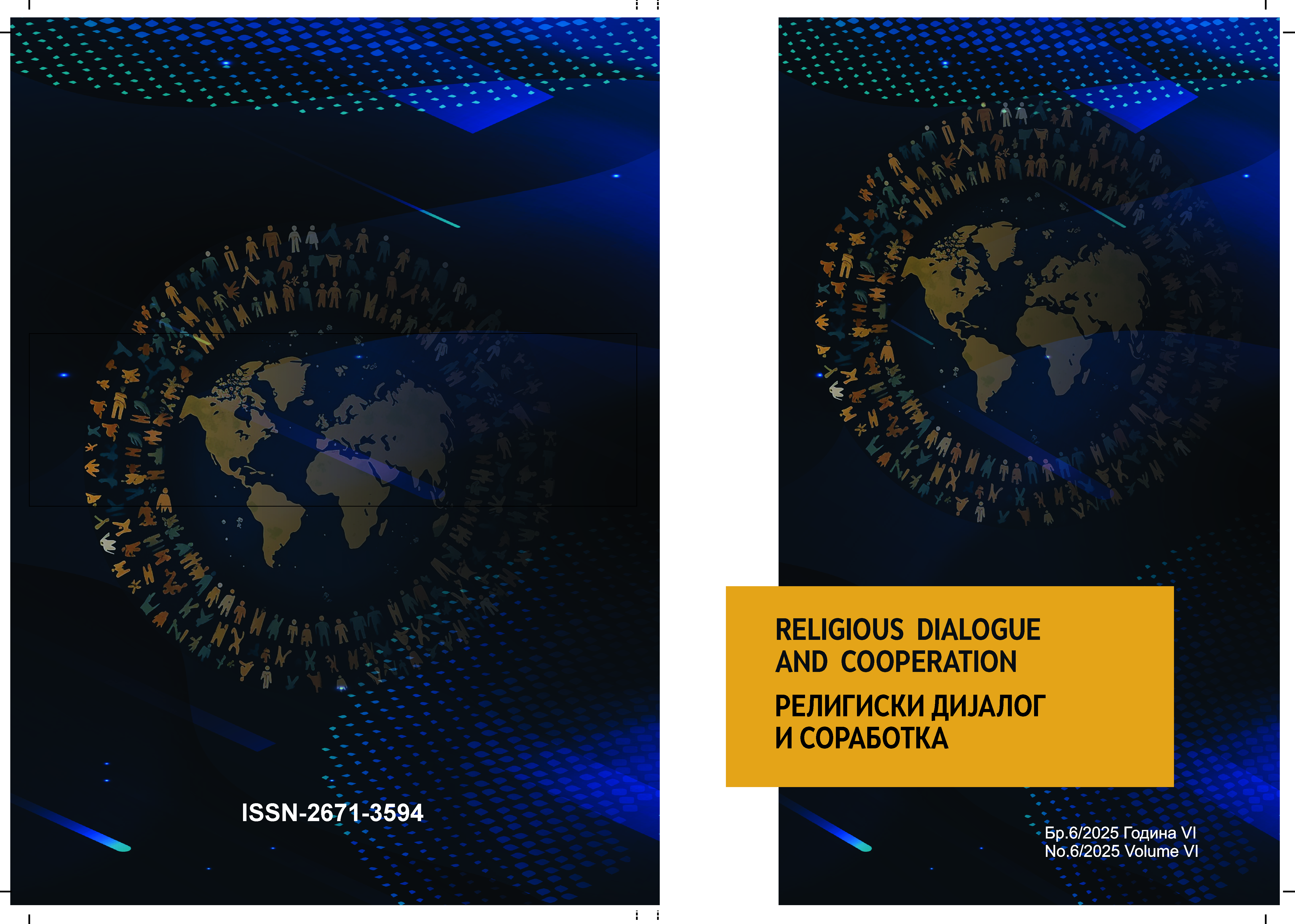POLITICS AND RELIGION
DOI:
https://doi.org/10.47054/RDC256621dKeywords:
politics, religion, multiconfessionalism, secularismAbstract
There is almost no other common evolution of two phenomena that builds its uniqueness
and specificity on overlapping and separating at the same time, like the relationship between
politics and religion. The axis around which both phenomena exist is the man, or in more recent
times from the aspect of their political awareness - the citizen. The specificity of the coexistence
of politics and religion, among other things, is based on the complexity of individual phenomena,
on their place and role in social processes. What politics and religion have in common is that
their identity is based on the concrete complemented by the abstract. In other words, their scope
of action moves beyond the limits of the rational and empirically verified. The key to explaining
this challenge is that both phenomena have belief as spiritus movens in their essence. One of the
characteristics of the historical evolution and mutual influence of politics and religion is the process
of refining, i.e. building one’s own identity. In the beginning it was more difficult to make the
demarcation between them to establish the special specificity and identity, today modern societies
establish the distinction to the point of absolute incompatibility. Even the personification of the
two phenomena was in the beginning in the same persons, i.e. in one person it had the legitimacy
to communicate with God at the same time and rule the people. In the past, one person usually
claimed the right to the secular and the sacred, today those roles are clearly differentiated in different
persons. Taken at the national level, Macedonia throughout history has built its own specificity
when it comes to the relationship between politics and religion. Its specificity is based on the
historical fact that glorifies our country as the country through which Christianity was spread on
European soil, and is one of the routes for the spread of Islam in Europe. Today’s contemporary
reality characterizes it as a multiethnic and multiconfessional country.





